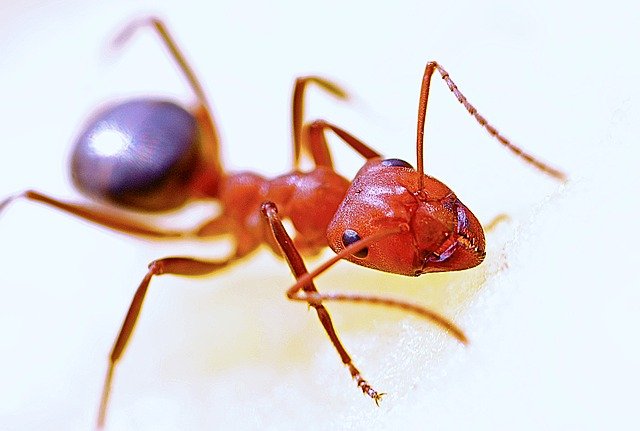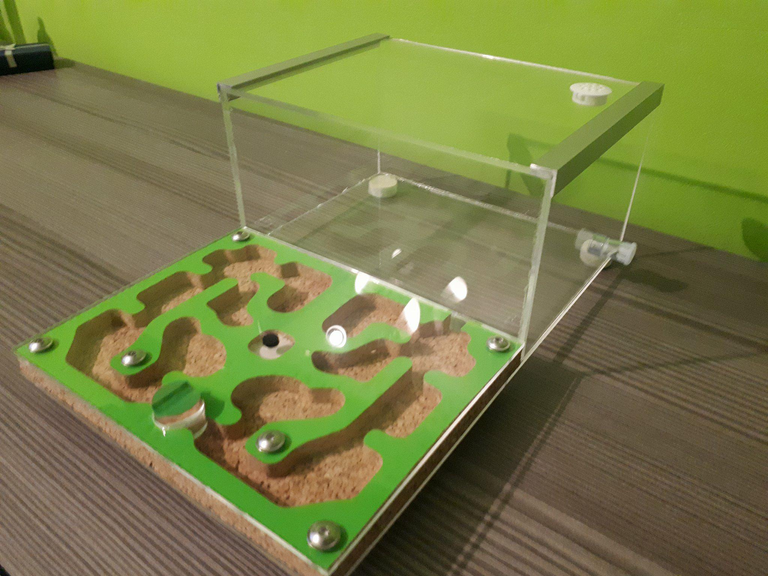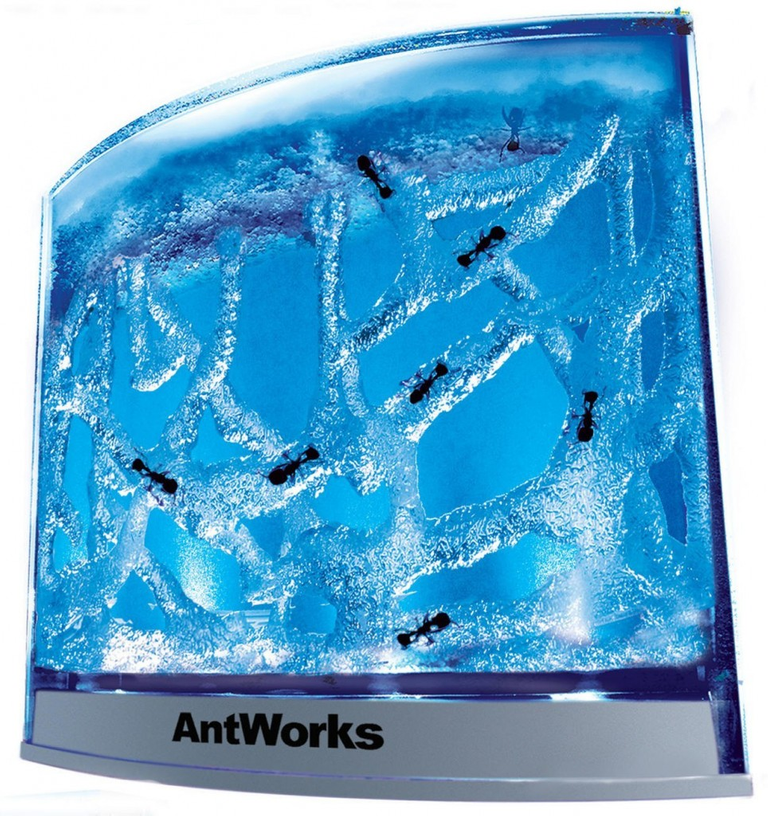
Hello!
I would like to tell you a little bit about one of my hobbies today. It is the ant keeping (which went a bit along with the wasp keeping, but about that at other times). I've been dealing with it for 8 years, although the first year was a primitive ant farms in bottle with sand. Then I got access to the internet, I started looking for information and started my first serious ,, ant farm simulator ". In the following post you will learn a little about keeping these small insects, and how to start your own ant farm ;)
Why keeping ants?
Why not? Some keeping fish, other hamsters and other snakes, so what is the obstacle to keeping ants? Absolutely nothing!
While we have these small insects at home, in a special terrarium we can watch them as much as we like. Thanks to this we have the opportunity to get to know them, get to know their behaviors both outside and inside the nest. We can see the queen, offspring in the form of eggs, larvae and pupae, how the workers look after the offspring and each other, how the young ants hatch, how the queen lays eggs, which then transform into larvae and then into chrysalis. We can see how workers collect food and share it among themselves. We can see the life of the whole colony.
Where to keep ants?
The terrarium for keeping ants is called a formicarium. The formicarium consists of two parts, the nest part, where the queen and the offspring are staying, food is provided and most of the colony is there. It is simply their home. The second part is the arena where ants forage (collect food, take out garbage, etc.). They can be in the form of a single "block" or separately but connected by a hose.
Can the ants ecape from the formicarium?
If they have such a possibility then yes. At first they will be walking workers, but if we do not do anything about it, and these will find a better place to nest, it's possible that they will try to move. However, there is nothing to be afraid of, because formicarium are usually tight (usually, I will give you an example of not very tight).
Personally, for 8 years of keeping I had only two cases when the ants escape outside the formicarium. Once I did not close the cover for the night and two when they got through the fabric mesh in the ventilation hole. In both cases, it was just a few harmless workers.
In addition to the standard covers, there are other ways to prevent escapes. One of them is a moat made of water or oil, but it is one of the worst ways because the ants can escape through because of surface tension, they will throw in garbage and they will drown there. The second way are all kinds of barriers on the arena walls, baby powder, oil, talcum or talcohol, and the most expensive and the hardest available, but also the best is fluon in the form of dispersion.
How to get ants and formicarium?
The easiest way - buy, the cheapest - catch ants and do formicarium yourself.
You can buy at some of internet shops or facebook groups.
You can catch the ants during the mating flights. Mating flight is time when the colony releases young mothers on a mating flight. After this time, the queen on the ground rejects the wings and looks for a place to set up a colony. Then we can catch such a queen and start keeping ants.
Formicarium can be done basically from everything from the box of ''ferrero roche'' to the aquarium. If anyone would be interested, I can do a tutorial on the example of a box of ferrero ;)
What ants and formicarium are the best for the beginners?
Sorry, but this informations you need to find yourself. The ants depend of country where you live, and formicarium you need to choose good to ant species.
I have ants and formicarium,what now?
Ants probably came in a standard, specially prepared test tube.
We do not let them into the formarium at once. When there are only a few ants, we plug the entry into the formicarium nest and put the open test tube in the arena. We allow them move to nest when there will be around 50-100 ants (depending on the size of the nest and species of ants). Remember! Ants like tightly places, a free space in the nest will stress them.
Also, remember not to throw the ants out of the test tube, let them move in peace alone when you open the entrance to the nest.
How to care of this?
The nest in the formarium needs to be irrigated, depending on the species, there must be a larger or smaller part of the nest a little wet, but it is also forbidden to overdo it, not to make an aquarium there. Place food on the arena and exchange every two to three days. As food we can give honey (necessarily real) and insects (no, a piece of ham or chicken won't be good, it must be fresh meat of the insect). In the case of the Messor type, we give mainly seeds and insects, honey is practically non-ticking (remember, however, that in the case of the Tetramorium species the seeds may be only an addition to the diet). From time to time we also clean up trash, which ants will take out of the nest (eg insect puffs or dead ants)
Last, what formicarium should you avoid?
You probably wont see this formicarium anymore, because this is only one case in Poland. This is this ,,not tight'' formicarium.

Do not buy it, just do not. The cork is not protected on the sides, and the ants will dig into it and sooner or later they will come out.
Next this.

It is also not good for anything. This gel was created to extend the life of the workers a bit, it isn't good for anything more, and it is pointless to keep the workers alone. It's better to change this gel to ground.
Thats it! ;)
Sorry for any grammar mistakes. I know that my English isn't very good, soo I used ,,google translate'' and correct some of his mistakes, but probably not all